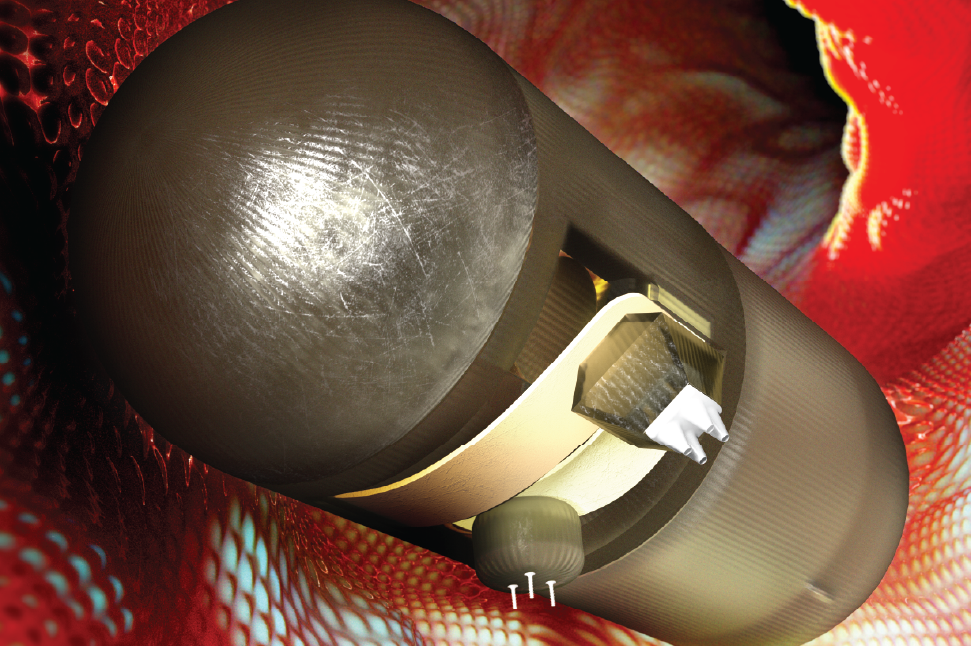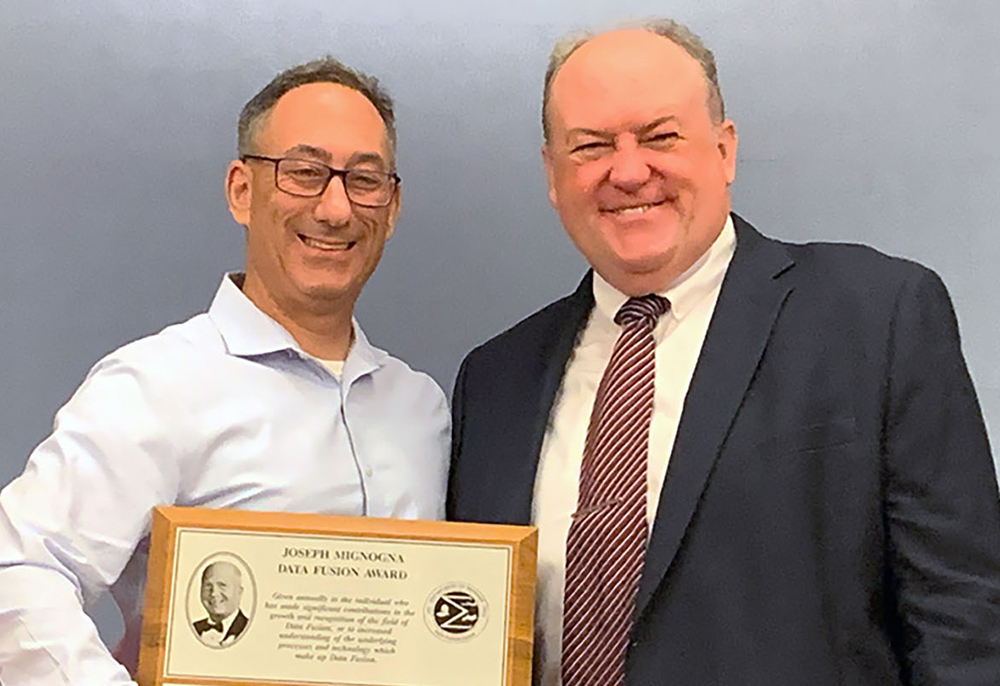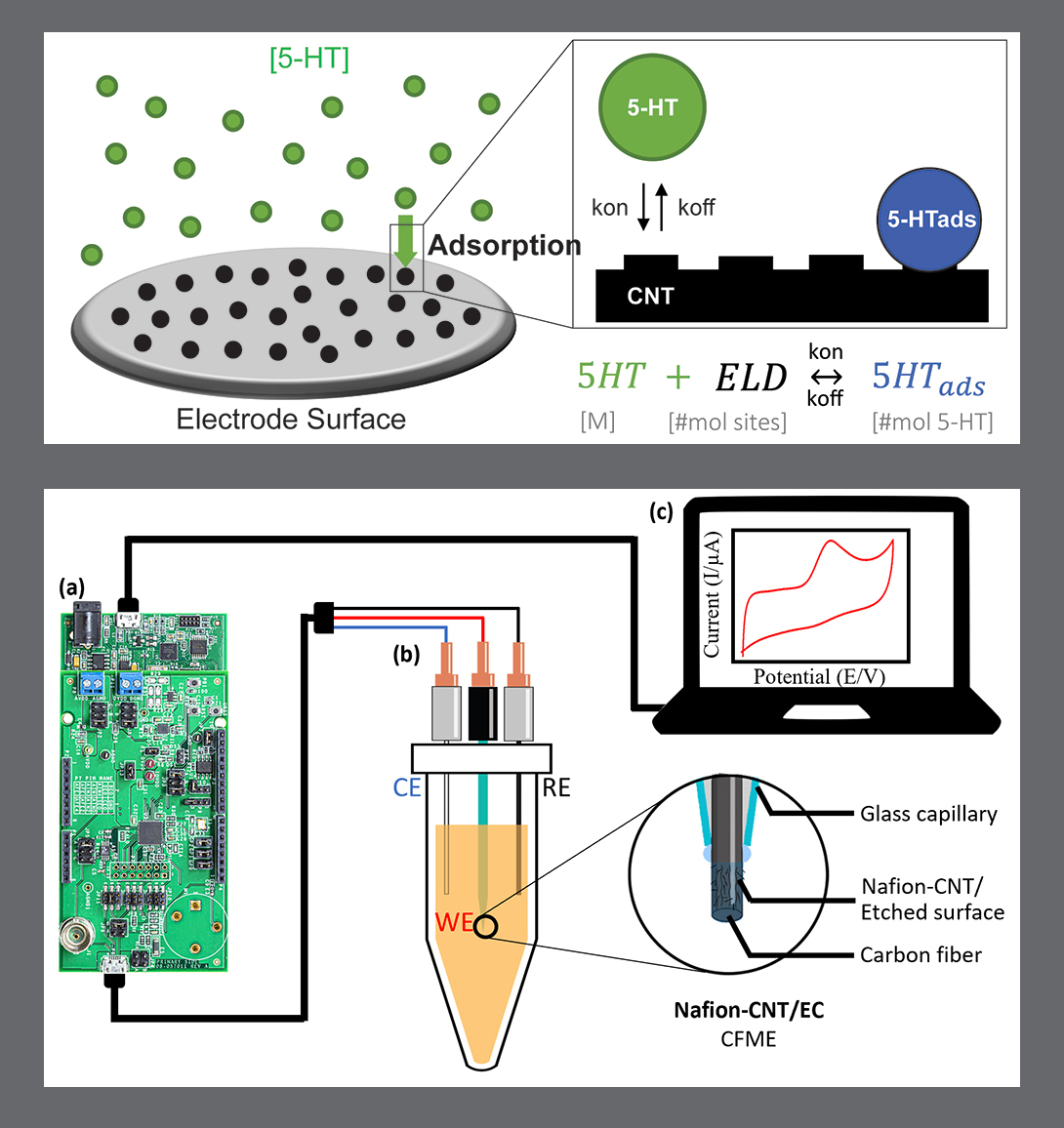News Story
Wu, Garg and Varna win 2012 Invention of the Year
ISR-affiliated Professor Min Wu (ECE/UMIACS), her Ph.D. student Ravi Garg and her former advisee Avinash L. Varna (ECE Ph.D. 2011) won the 2012 University of Maryland Invention of the Year Award in the Information Science Category for "Environmental Signatures for Forensic Analysis and Alignment of Media Recordings." In this project, the researchers created a novel natural timestamp for audio and visual recordings.In the modern era, a huge amount of digital information is available in the form of audio, image, video, and other sensor recordings. Stored on disks and other storage devices, this information has metadata describing the time and place of recording. However, digital tools can be used to modify the stored information. For example, digital editing softwares can be used to cut a clip from an original audio or insert a clip from one audio into another audio, or manipulate the metadata field to alter the recording date. Similar changes can also occur with video surveillance and other recordings. In the absence of any cryptographic protection and watermarking techniques during initial data acquisition, such modifications can be difficult to detect. Developing forensic tools to authenticate data using natural timestamp in the stored digital data presents an attractive direction to complement the existing technologies.
Wu, Garg and Varna devised a novel natural timestamp for audio and visual recordings. By detecting the natural interference caused by the 50/60 Hz electrical network frequency (ENF), an audio/visual recording can be authenticated in time and even location. This system will also allow users to determine if a recording has been tampered with or edited in any fashion. Furthermore, this technology will enable new alignment and stitching methods in professional A/V editing software, creating an easy way to synchronize various recordings.
Associate Professor Pamela Abshire (ECE/ISR) and her Ph.D. student David Sander were finalists in the Information Science category for “Next-Generation Image Sensors.”
Focal plane arrays (FPA) are collectively part of the next generation of image sensors. The FPAs are present in infrared photon detectors, radiation detectors, positron emission tomography detectors, etc. The FPAs are attached to complementary metal oxide semiconductor (CMOS) substrates, thereby leading to reduced costs of the sensors. However, the recent trend of integrating specialized detectors with the ability to set predetermined voltage and/or current points has led to difficulty in the fabrication of these customized next-generation detectors.
Abshire and Sander developed an approach that allows arbitrary programming characteristics of the biasing configuration on a pixel-by-pixel basis via an innovative proprietary optimization technique within the sensors. As a result, performance metrics such as signal-to-noise ratio, bit-energy, minimized thermally generated dark current, etc. are vastly improved and optimized.
The awards are presented annually by the University of Maryland Office of Technology Commercialization to honor outstanding inventions and inventors from the previous year.
A panel of judges made up of both University of Maryland personnel and industry experts selects one winner from groups of finalists in each of three categories: life science, information science, and physical science. The winners are chosen based on the creativity, novelty, and potential benefit to society of each of the inventions. This year’s awards were presented at a gala reception on April 17.
| Read the full story about this year’s Invention of the Year Awards. |
Published April 18, 2012








